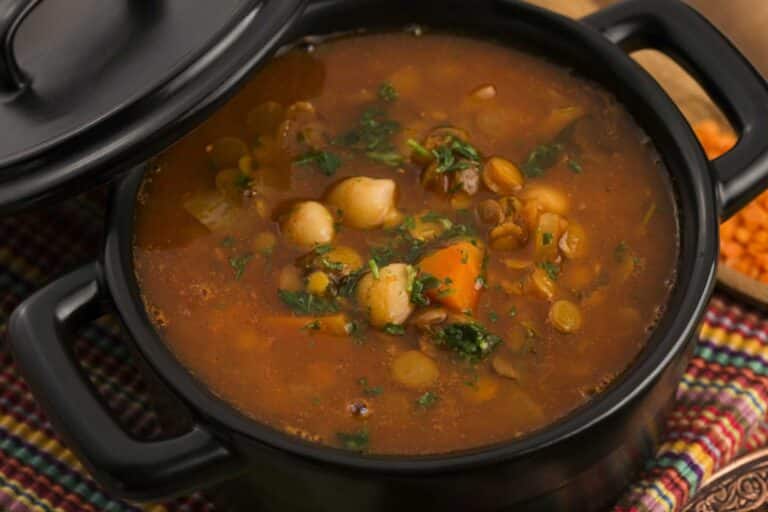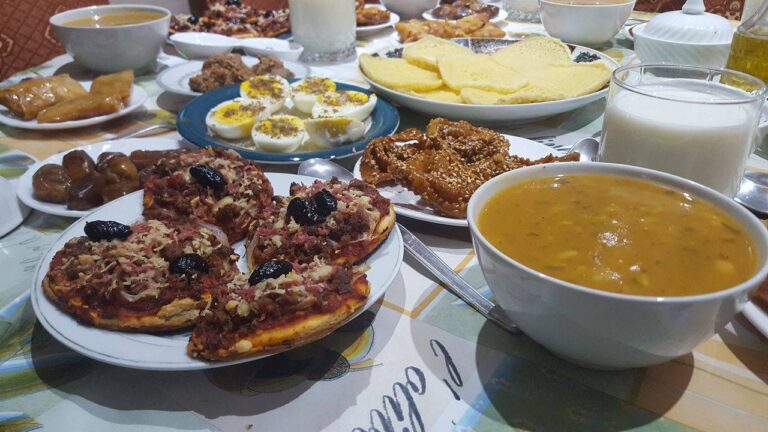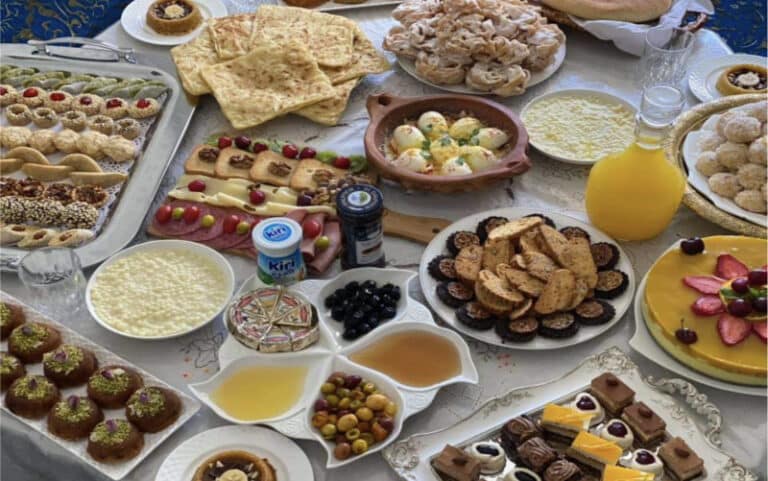Moroccan Detox : Nourish Your Body and Delight Your Senses
Morocco, a land of vibrant culture and captivating flavors, also boasts a culinary tradition rich in ingredients that can support detoxification. Here, we’ll explore some delectable Moroccan dishes that nourish your body while tantalizing your taste buds. This post is updated for 2024 with the latest insights on healthy eating and detox principles.
Aromatic Detox Delight: Moroccan Harira with a Twist
Harira, a staple Ramadan dish, transforms into a delightful detox option with a few simple tweaks. Traditionally featuring lentils, chickpeas, and vegetables simmered in a fragrant tomato broth, this hearty soup is perfect for a detox meal.
For a lighter touch, swap red lentils for green lentils, known for their high fiber content. Add leafy greens like kale or spinach for their detoxifying properties and a touch of sweetness. Don’t forget the magic of Moroccan spices! Turmeric, with its vibrant color, is believed to have anti-inflammatory properties. Freshly grated ginger adds a touch of warmth and may aid digestion, while cumin is a digestive aid that can help reduce bloating.
A Rainbow on a Plate: Veggie Tagine for Detoxification
Tagines, the iconic Moroccan clay pots, aren’t just beautiful – they’re perfect for creating healthy, detox-friendly meals. A classic veggie tagine combines an array of colorful vegetables like carrots, zucchini, peppers, and onions.
For a detox boost, incorporate artichokes, known for their potential liver-cleansing properties, and asparagus, a natural diuretic. Season generously with Moroccan staples like ras el hanout, a unique blend of spices with some ingredients believed to support detoxification, such as coriander and fenugreek. Let the tagine slowly simmer, allowing the vegetables to release their natural flavors and create a deeply comforting dish.
Beyond the Meal: Moroccan Mint Tea, a Digestive Aid
Mint tea is a cornerstone of Moroccan hospitality, traditionally offered to guests as a warm welcome. This naturally caffeine-free beverage is not just refreshing, but may also aid digestion. Spearmint, the most common variety used, has carminative properties that can help relieve bloating and gas. Enjoy a steaming glass of mint tea after your meal to promote a healthy digestive system.
A Citrusy Kickstart: Moroccan Orange and Carrot Salad
Detox doesn’t have to be bland! This vibrant salad combines sweet, juicy oranges with freshly grated carrots, a rich source of beta-carotene, a well-known antioxidant. A squeeze of lemon juice adds a touch of vitamin C for an extra detoxifying boost. Dress the salad with a light drizzle of olive oil and sprinkle with a pinch of ground cinnamon for a touch of warmth. This refreshing salad is a perfect starter or light lunch option.



